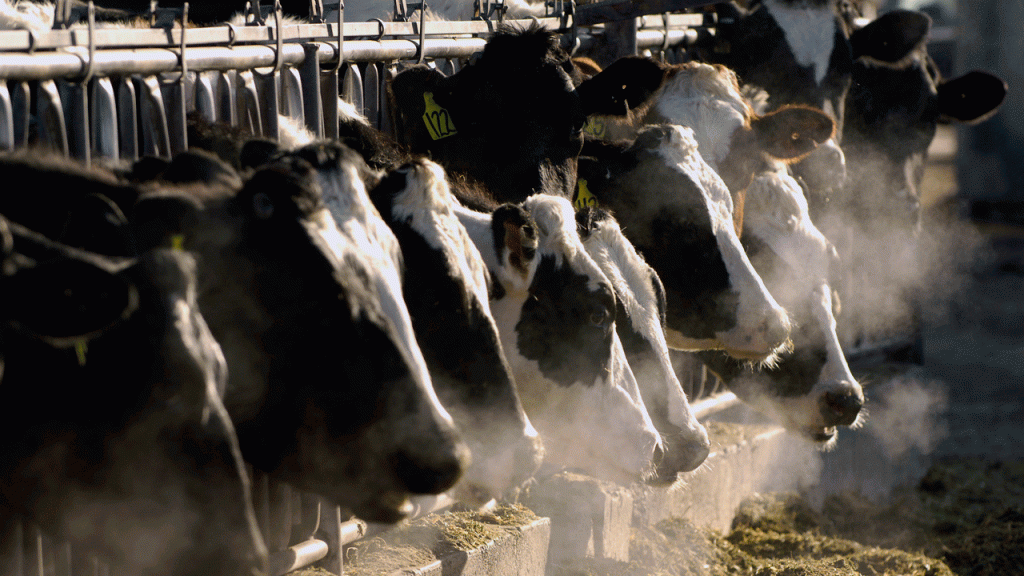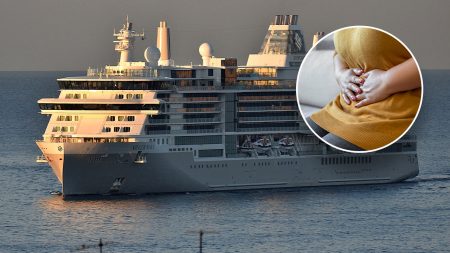An outbreak of bird flu has affected at least 26 herds of U.S. dairy cows in eight states, following a similar discovery in chickens at a major egg producer. Health officials have assured the public that the food supply remains safe and stable despite the virus being found in cattle for the first time. The CDC has issued a health alert regarding bird flu to clinicians, state health departments, and the public, especially after a Texas farmer was infected. Additionally, there is no evidence that the virus has changed to spread more easily in people, according to genetic analysis by federal health and animal agencies.
The strain of bird flu, Type A H5N1, has been detected in dairy cows in Idaho, Kansas, Michigan, New Mexico, North Carolina, Ohio, Texas, and South Dakota. While the virus has been found in a variety of mammals in recent years, from a poultry farm worker in Colorado to dioic and other wildlife, this is the first time it has affected cattle. Despite the fact that the virus has led to millions of bird deaths in the past, it has not shown any changes that would make it easier to transmit to people. The U.S. Centers for Disease Control and Prevention have emphasized that there is a low risk to public health.
The food production industry has not been significantly impacted by the bird flu outbreak, and so far, it has had little effect on commercial milk production. Agriculture officials are monitoring the situation and have restricted imports of dairy cattle from affected states, but no widespread disruptions have been reported. Additionally, the risk of affected eggs entering the retail market or causing infections in humans is low due to federal inspections and other safety measures.
There is currently no indication that consuming pasteurized food or properly cooked milk products poses any risk of contracting bird flu. Past cases have been linked to close contact with infected animals, such as a dairy worker who developed a mild eye infection or a prison inmate who experienced fatigue after handling infected birds. The FDA has emphasized that pasteurization is effective in killing bacteria and viruses, including the influenza virus.
Raw milk is a different story, as the FDA and CDC have less information about the possible transmission of the H5N1 virus through unpasteurized products. While no herds linked to raw milk providers have reported infected cows, the agencies recommend caution and avoidance of raw milk or products made from cows that show symptoms or have been exposed to infected animals. Despite federal warnings, some raw milk producers have seen an increase in sales due to the outbreak.
The risk of catching bird flu from eggs or meat is currently low, as only dairy cows have been infected and showed signs of illness. Cal-Maine Foods, the largest egg producer in the U.S., stopped operations temporarily after finding the virus in its chickens, leading to the culling of millions of birds. Eggs that are handled properly and cooked thoroughly are considered safe, and there have been no recalls of eggs on the market. Still, experts caution that the situation is evolving, and more research is needed to fully understand the implications of the outbreak.
















